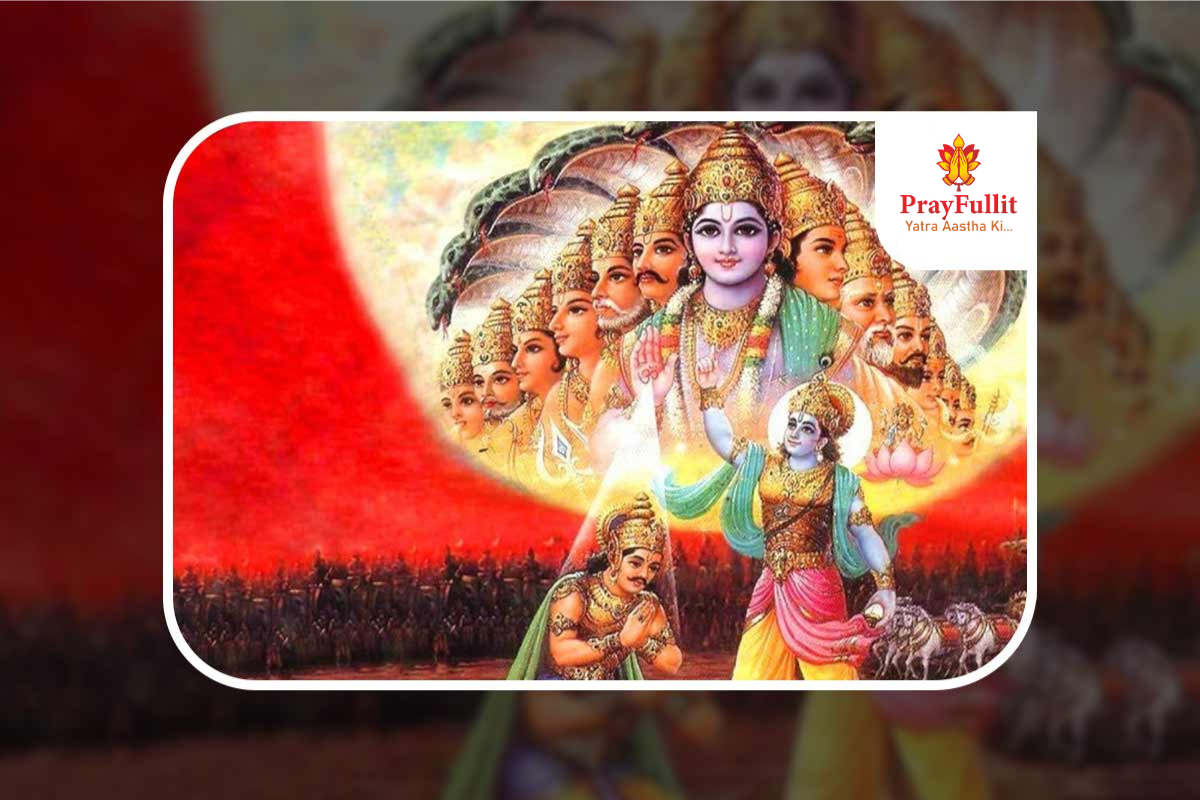
Sri Mad Bhagavad Gita Paath involves the recitation of the Bhagavad Gita, a sacred text of Hindu philosophy that is part of the Indian epic Mahabharata. The Gita consists of 700 Shlokas and is a dialogue between Lord Krishna and Arjuna, addressing fundamental questions about duty, righteousness, and the nature of reality.
Key Features
Structure:- The Bhagavad Gita is divided into 18 chapters, each dealing with different aspects of life, spirituality, and philosophy.
Preparation:- Choose a clean, quiet place for the recitation.
Sankalp (Intention):- The reciter or organizer makes a vow or intention, dedicating the Paath for personal growth, peace, or specific blessings.
Recitation:- The Paath can be performed by an individual or a group. Each chapter can be recited sequentially, often with explanations and reflections.
Offering Prasad:- Offerings are made to the deity during the recitation, symbolizing reverence and devotion.
Aarti:- After the recitation, devotees may perform Aarti and sing bhajans or devotional songs in honor of Lord Krishna.
Conclusion:- The ritual concludes with prayers for wisdom, guidance, and well-being. Prasad is distributed among participants.
Significance
Spiritual Wisdom:- The Bhagavad Gita provides profound teachings on duty (dharma), devotion (bhakti), and self-realization, serving as a guide for righteous living.
Inner Peace:- Reciting the Gita helps devotees find clarity and peace amidst life's challenges.
Community Connection:- Group recitation fosters a sense of community and shared spiritual practice.
When to Perform:- The Bhagavad Gita Paath can be performed on auspicious occasions, during festivals, or at times of personal reflection and growth.
If you’d like more information on specific chapters, Shlokas, or guidance on conducting this Paath, Please consult from our Astrologers.